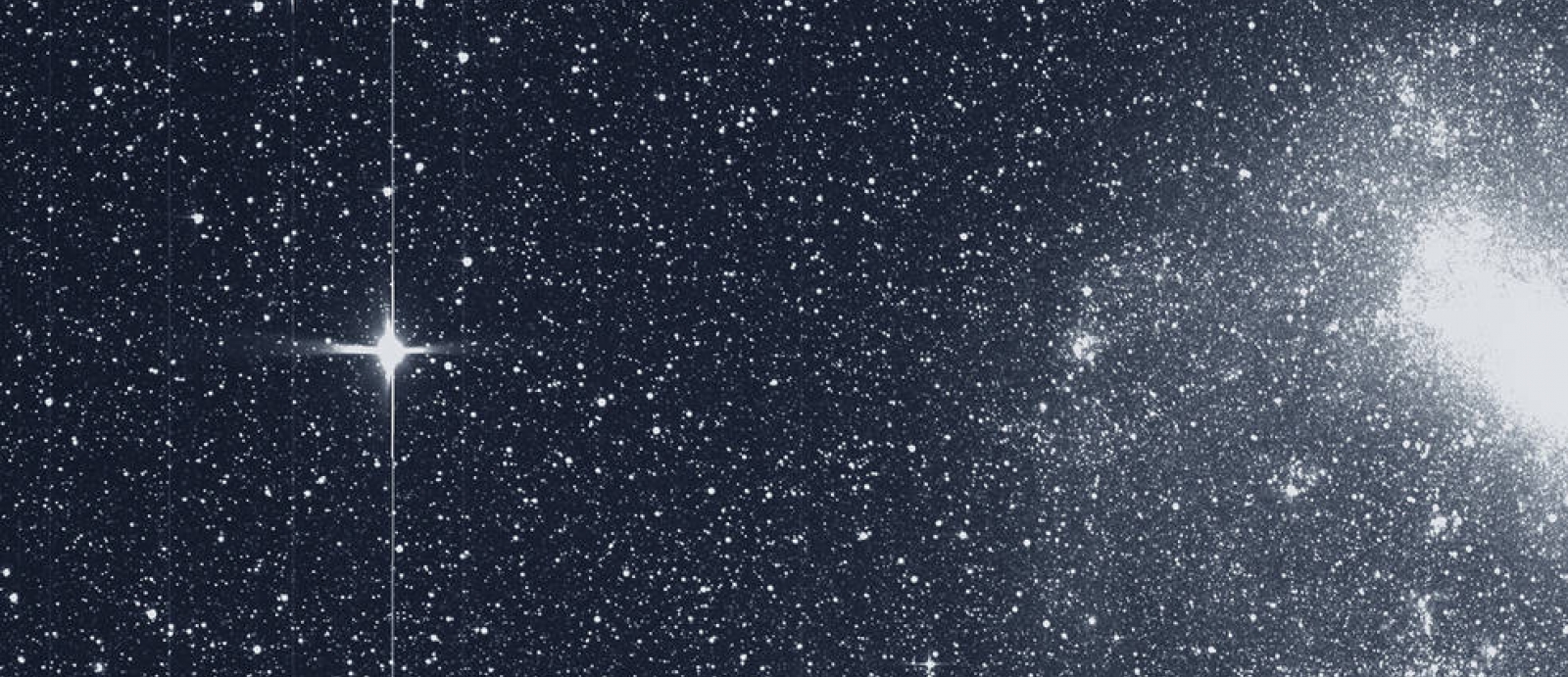
NASA's TESS Shares First Science Image in Hunt to Find New Worlds
NASA's newest planet hunter, the Transiting Exoplanet Survey Satellite (TESS), is now providing valuable data to help scientists discover and study exciting new exoplanets, or planets beyond our solar system.
Part of the data from TESS' initial science orbit includes a detailed picture of the southern sky taken with all four of the spacecraft’s wide-field cameras. The "first light" science image captures a wealth of stars and other objects, including systems previously known to have exoplanets.
TESS's cameras, designed and built by MIT Lincoln Laboratory in Lexington, Massachusetts, and the MIT Kavli Institute, monitor large swaths of the sky to look for transits. Transits occur when a planet passes in front of its star as viewed from the satellite's perspective, causing a regular dip in the star's brightness.
Topic:
News Type:
R&D Area:
Read More At
Tagged As